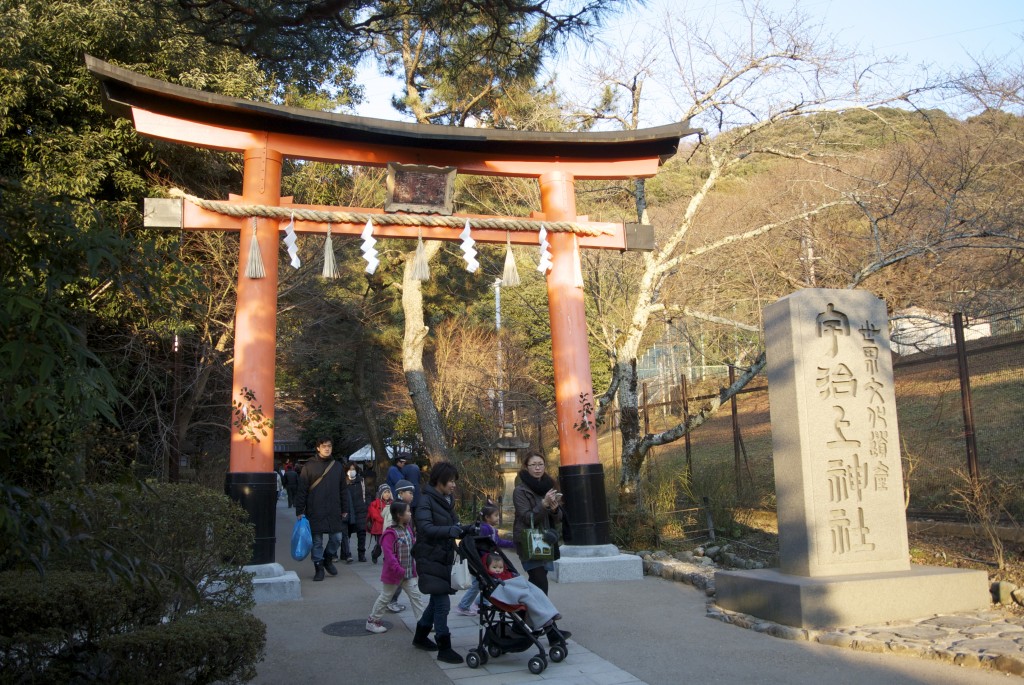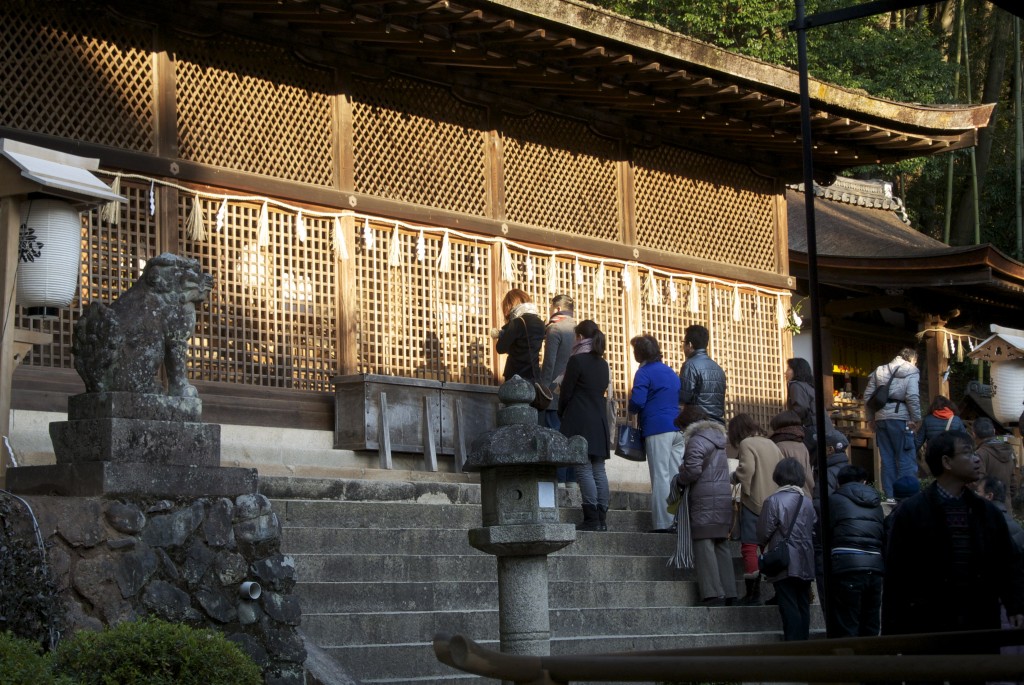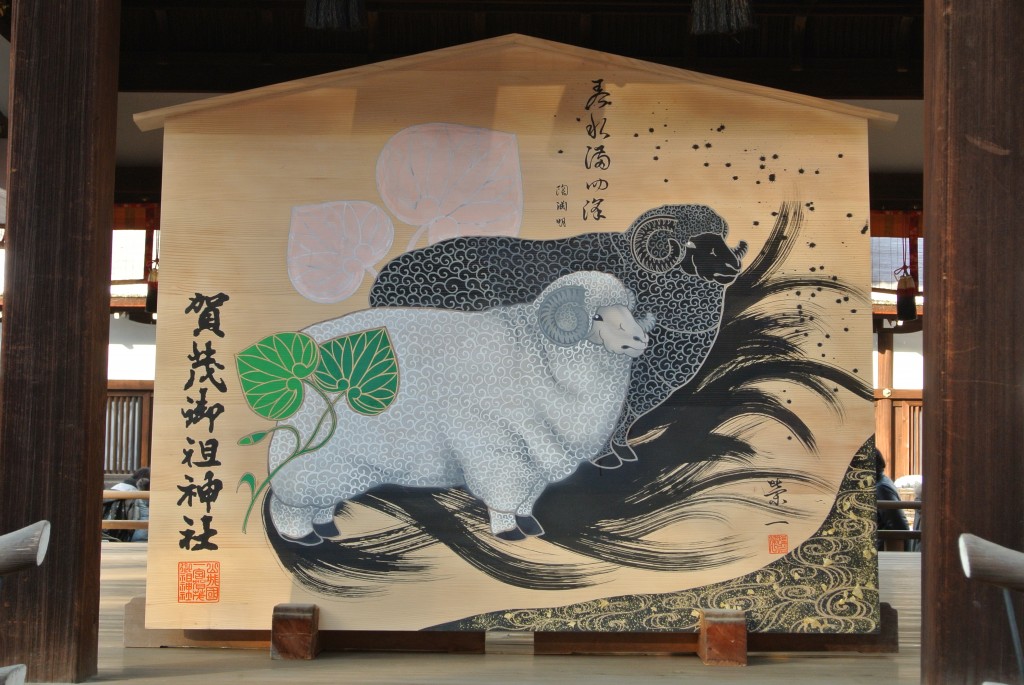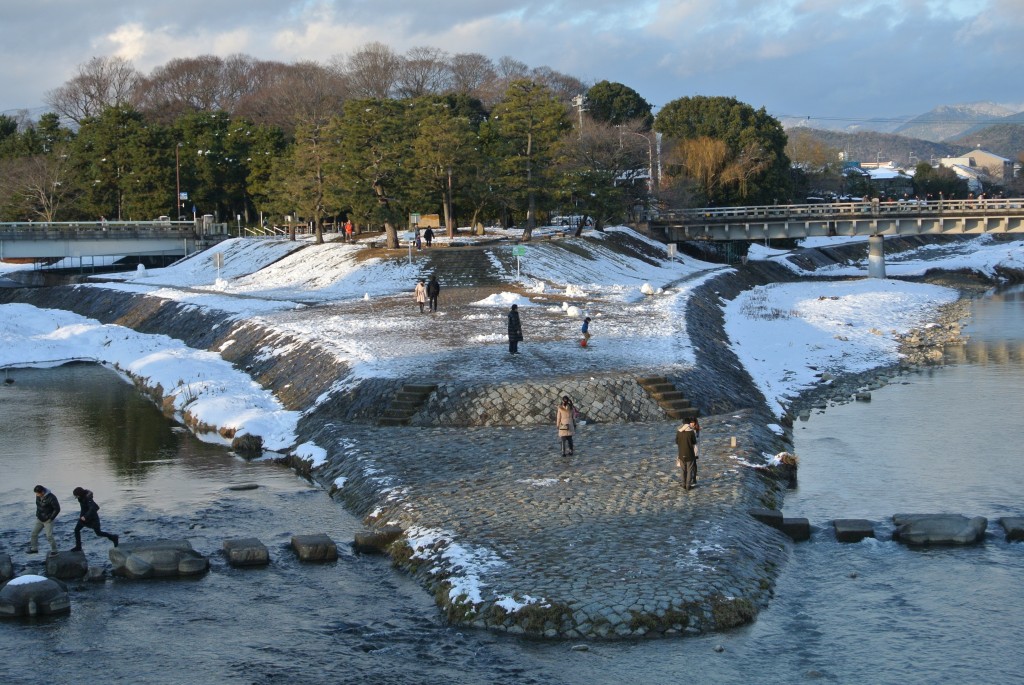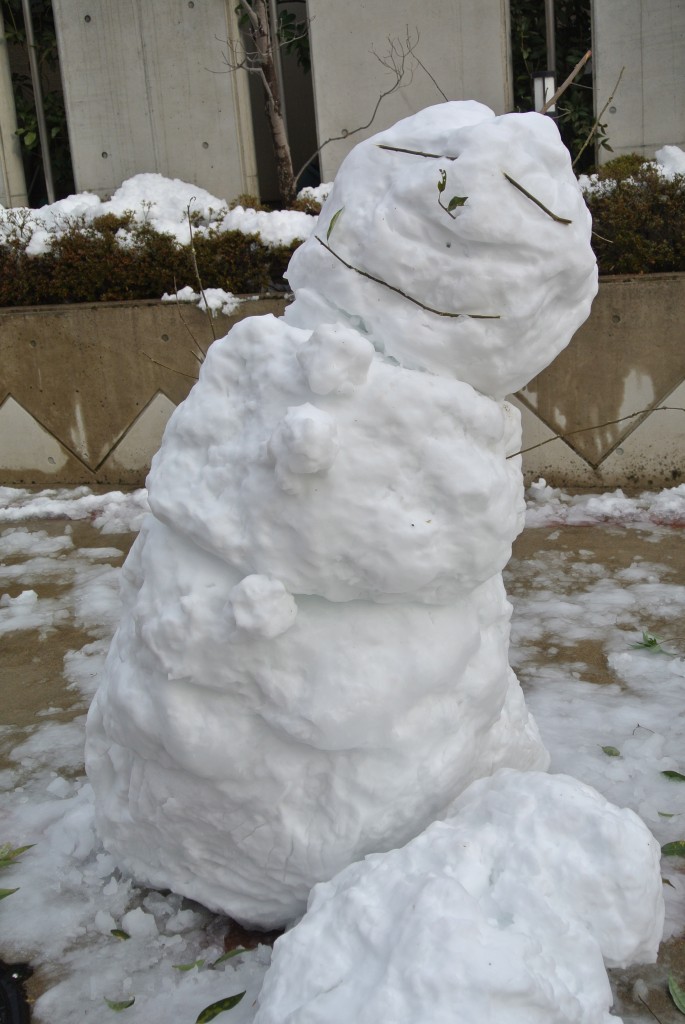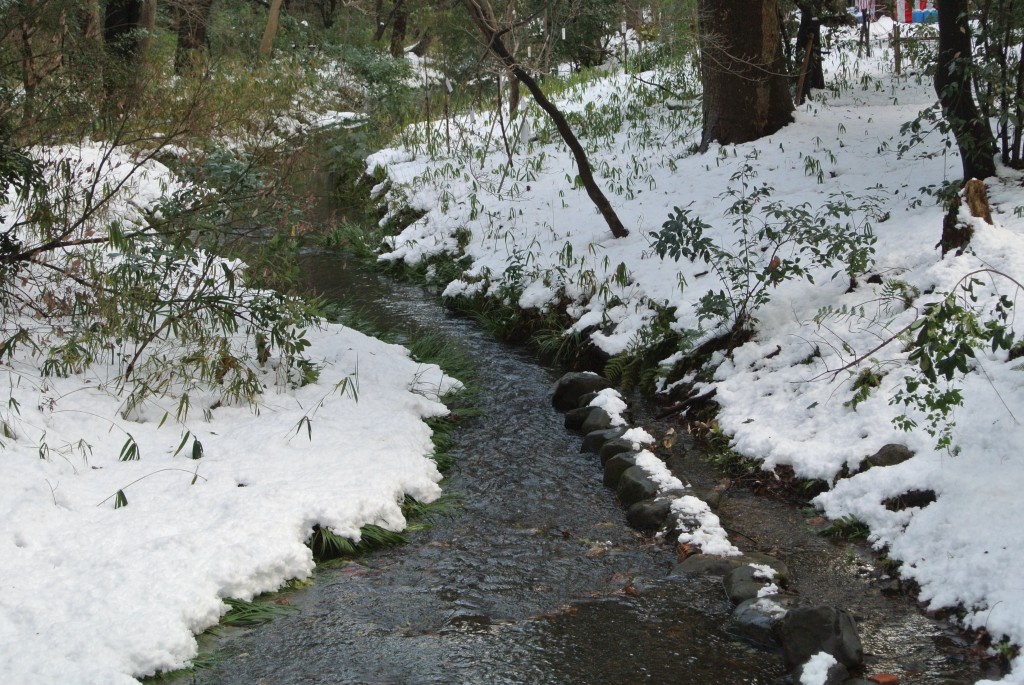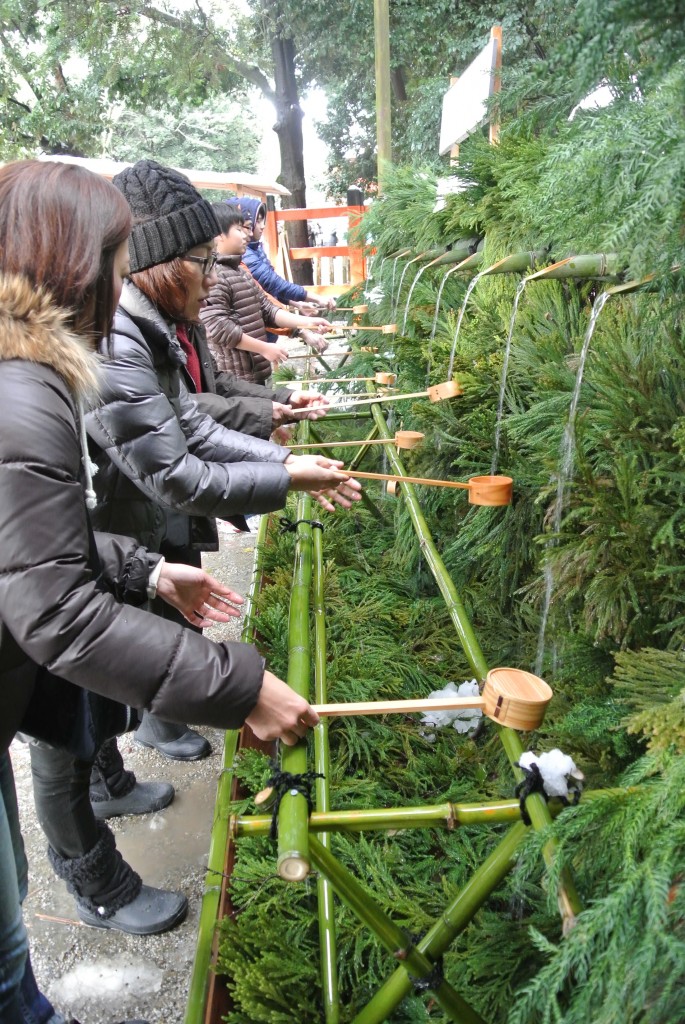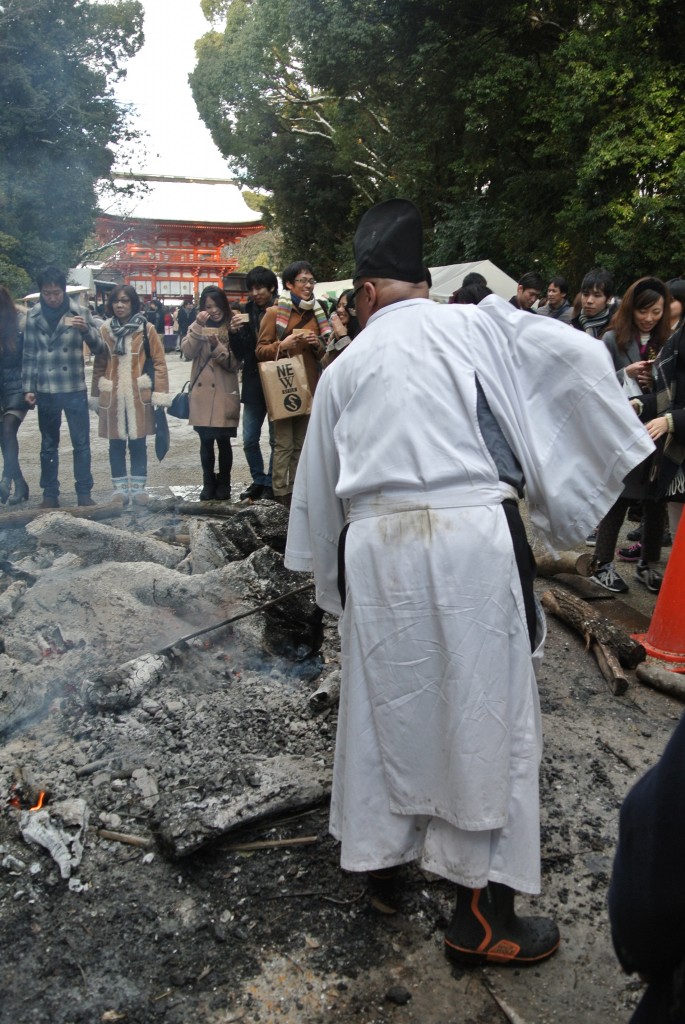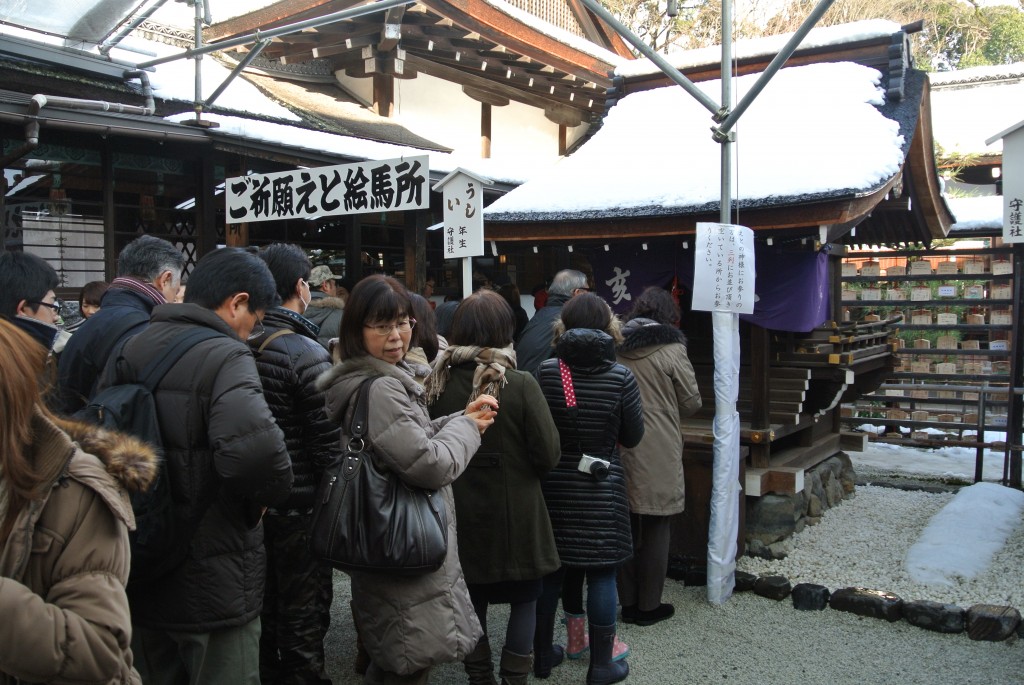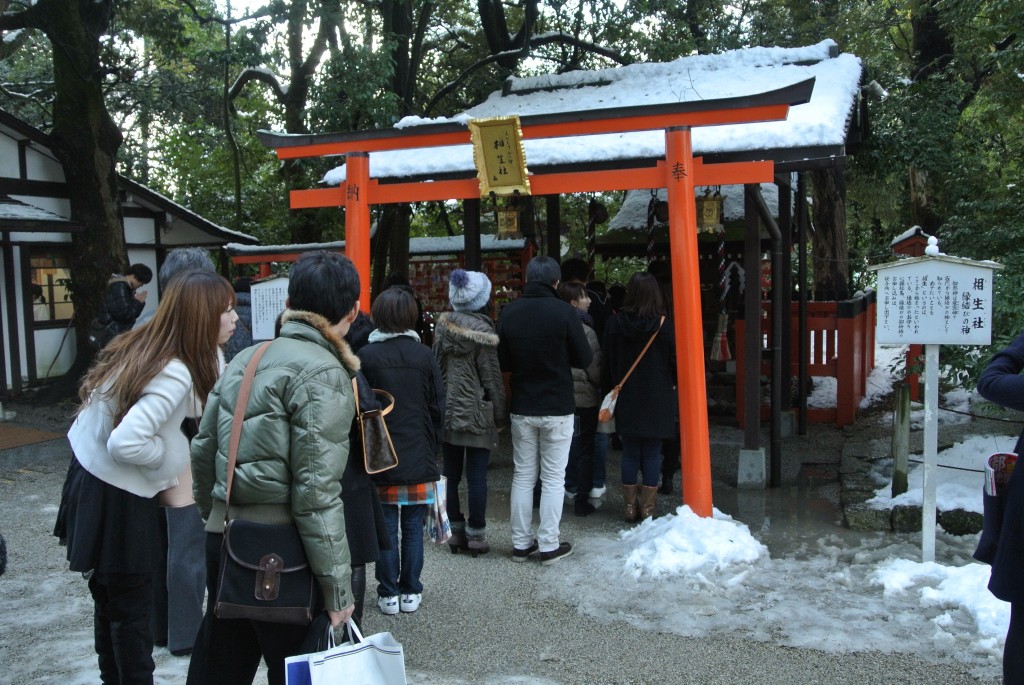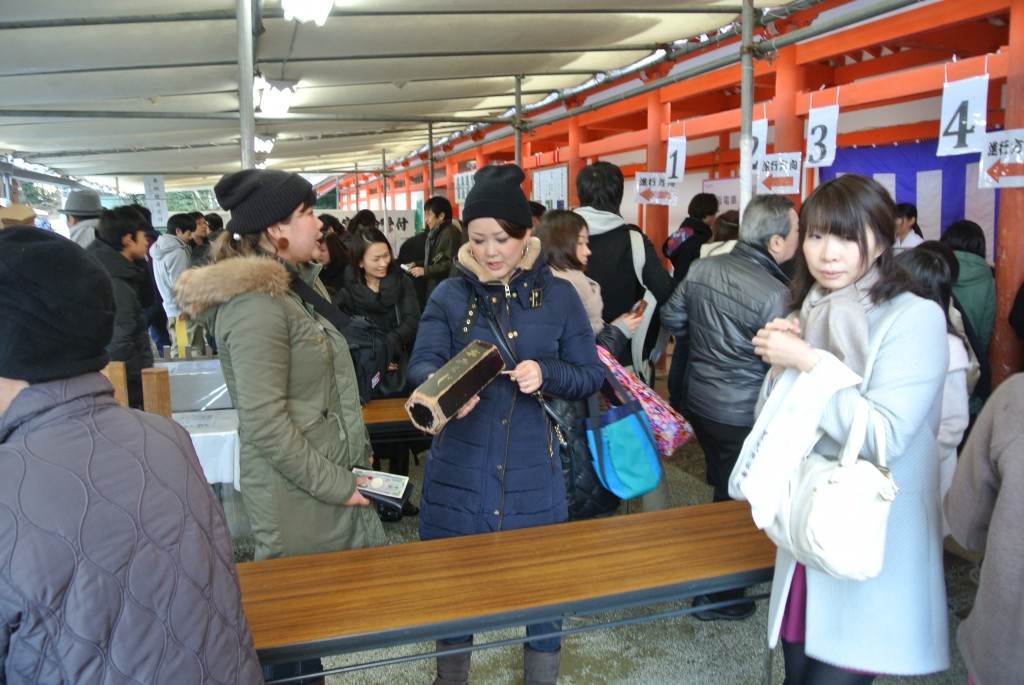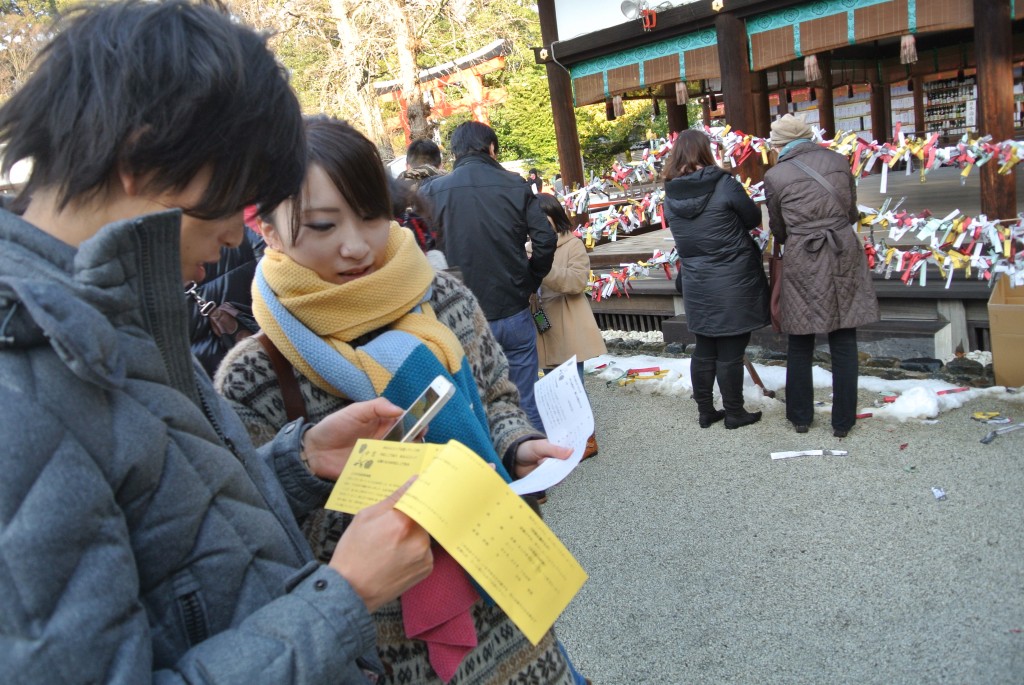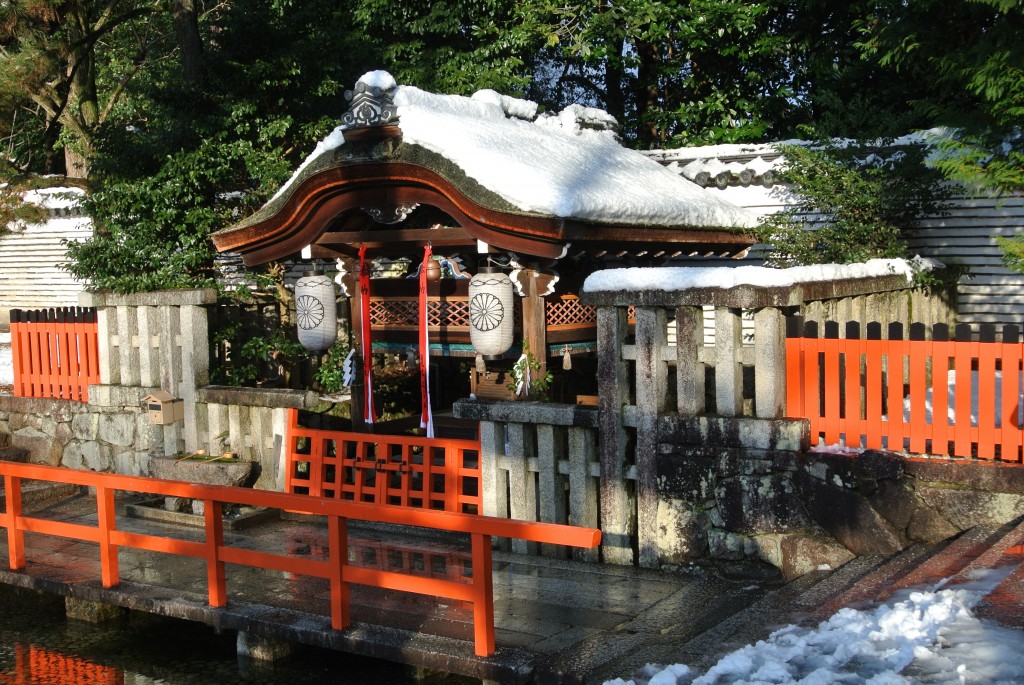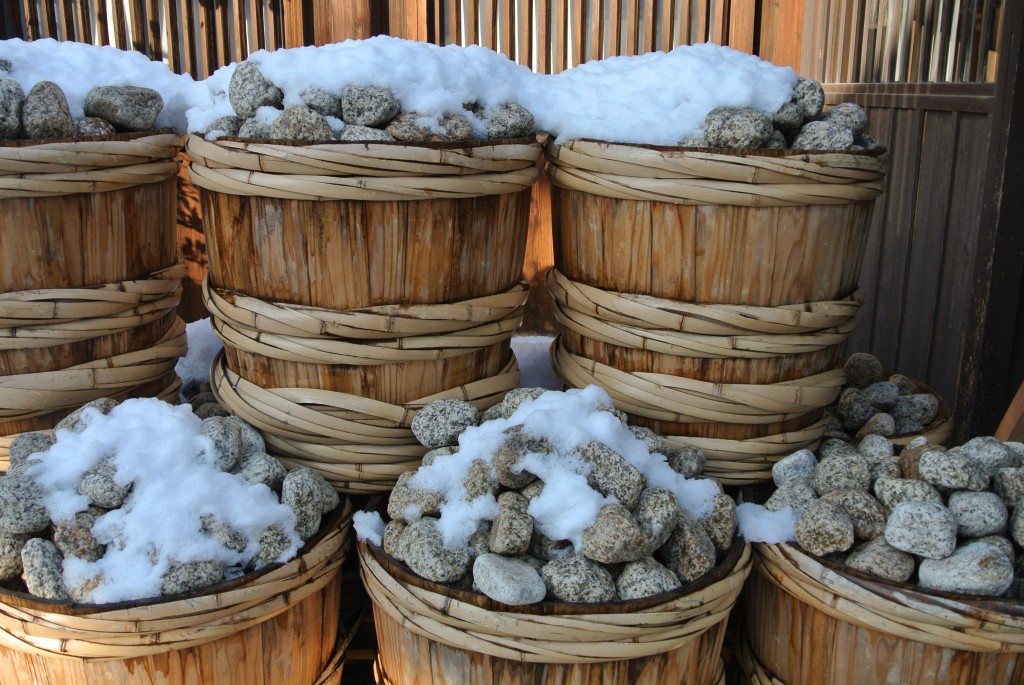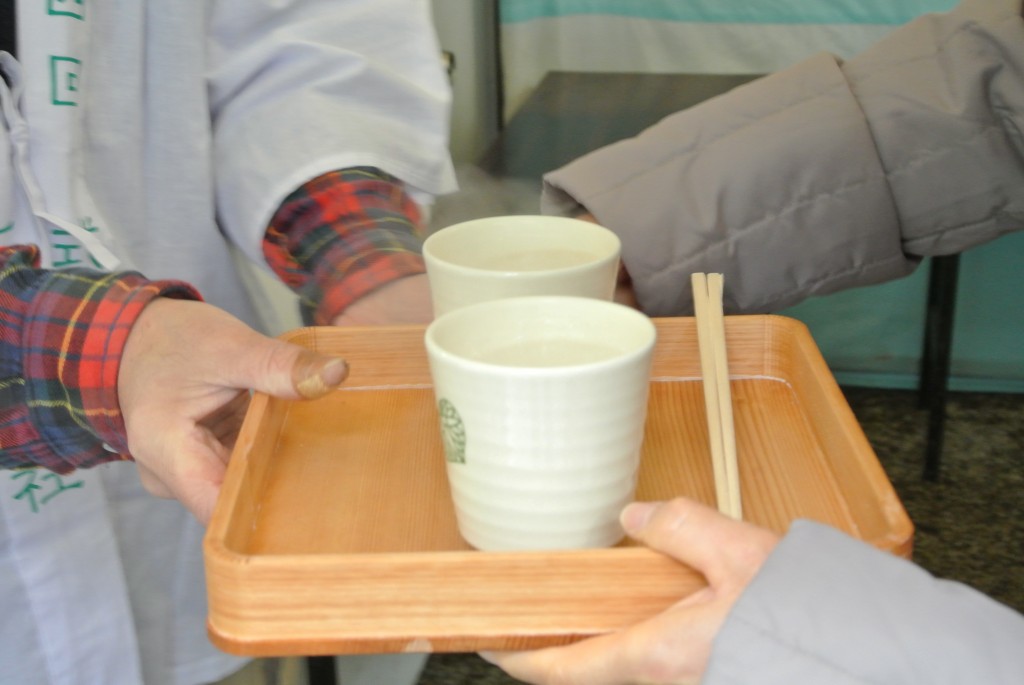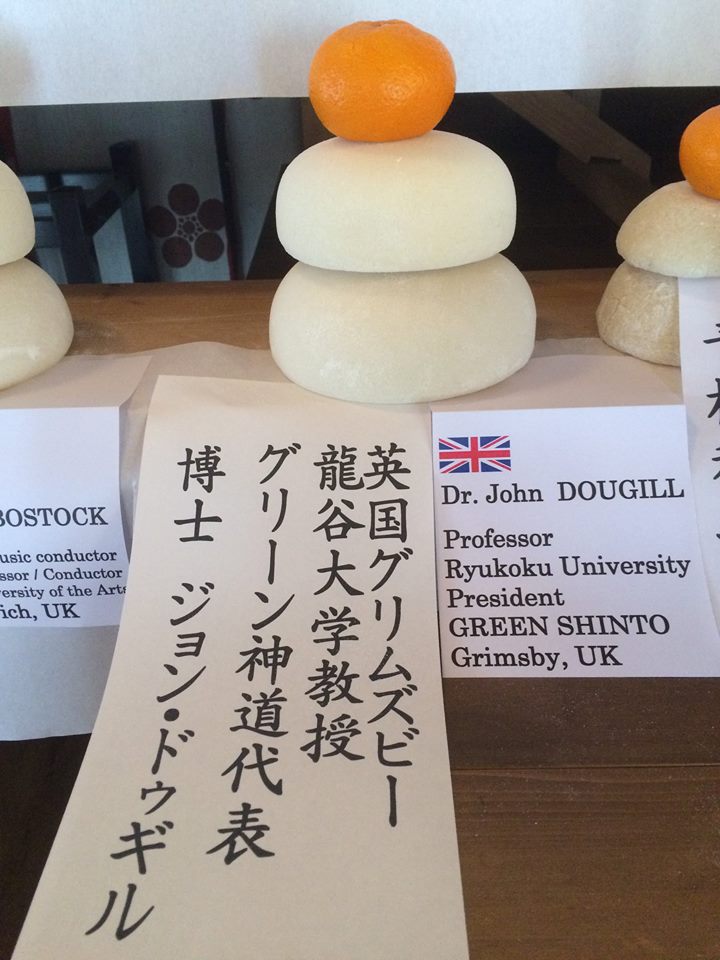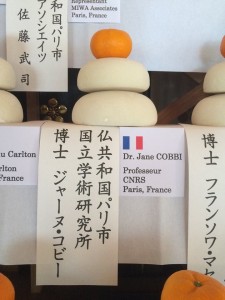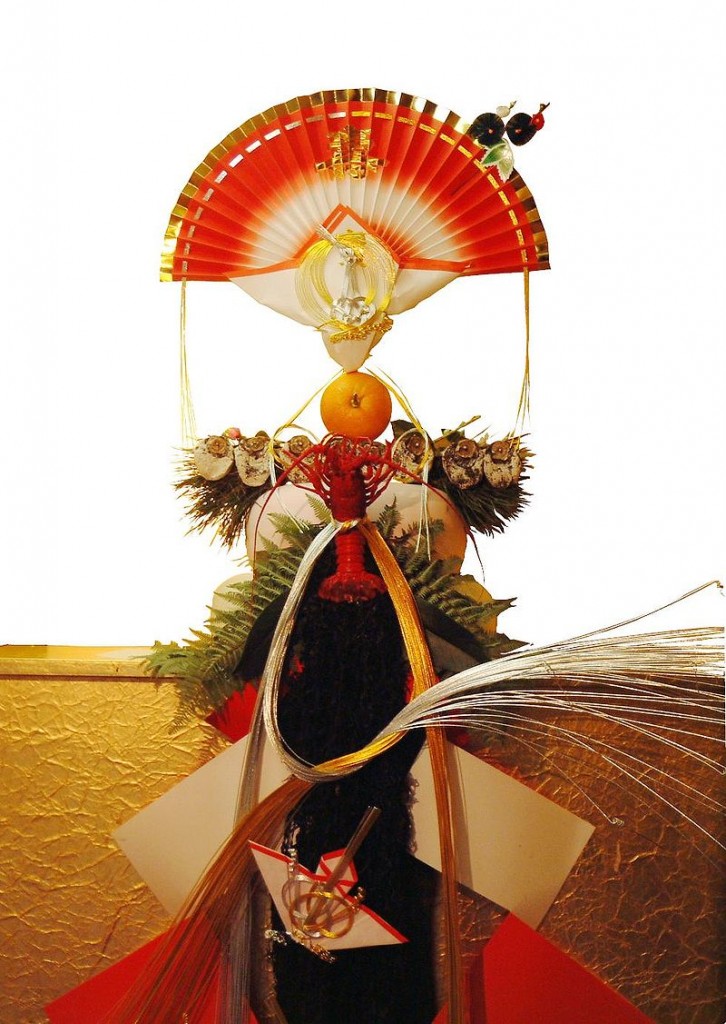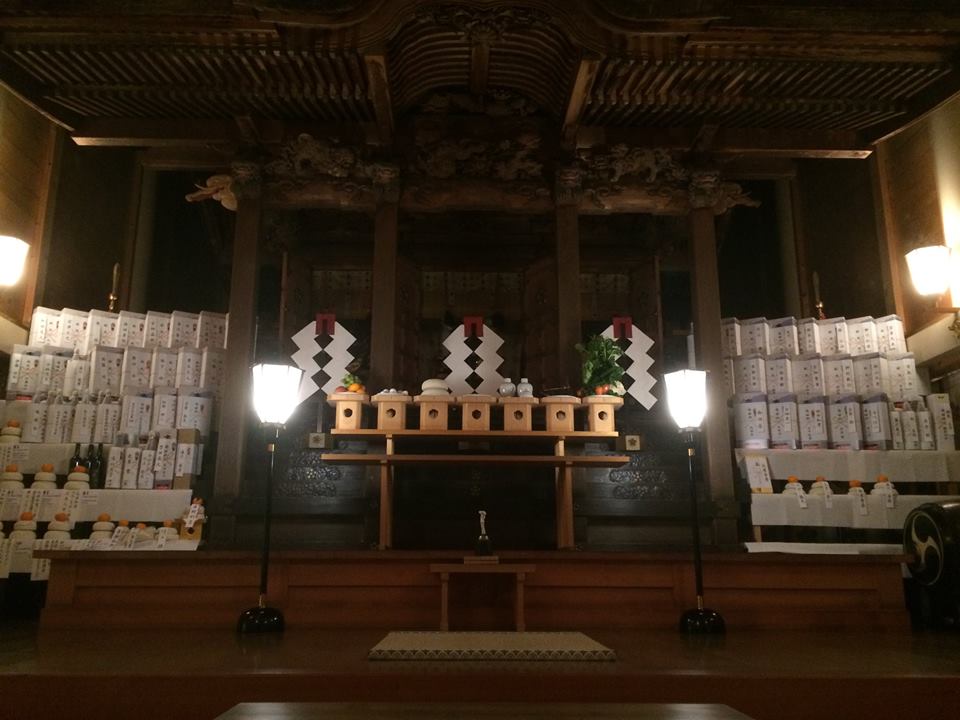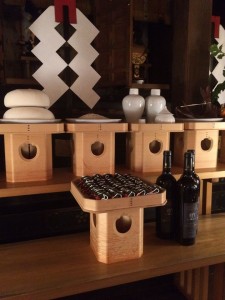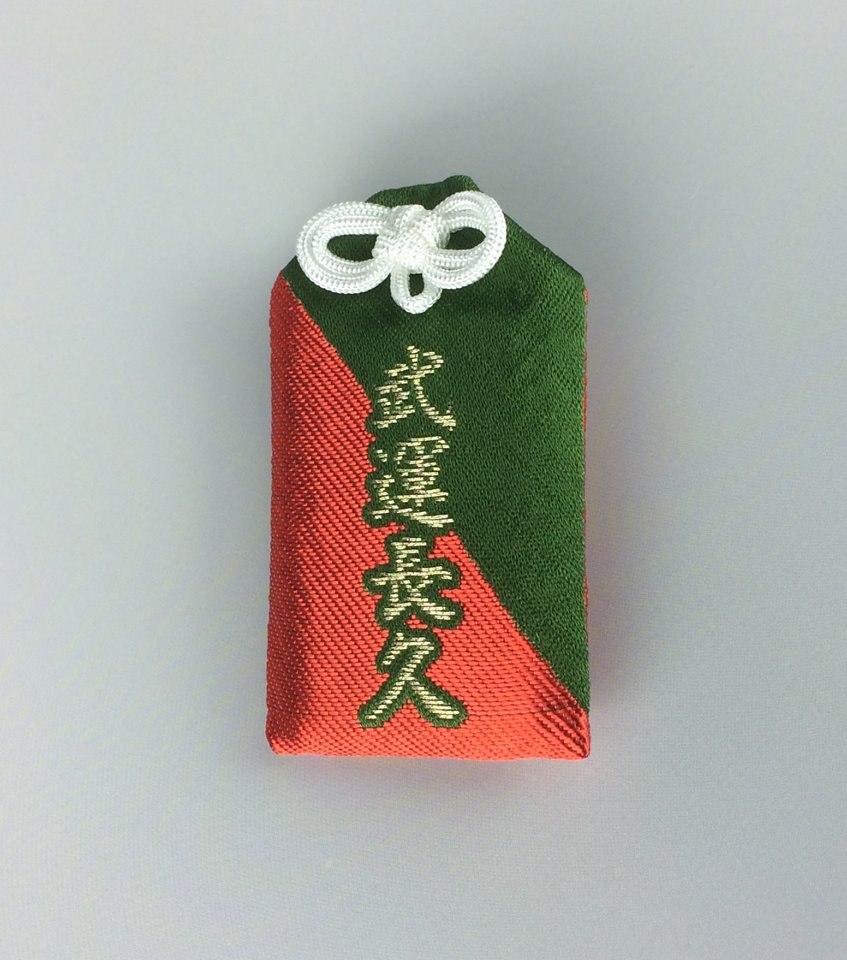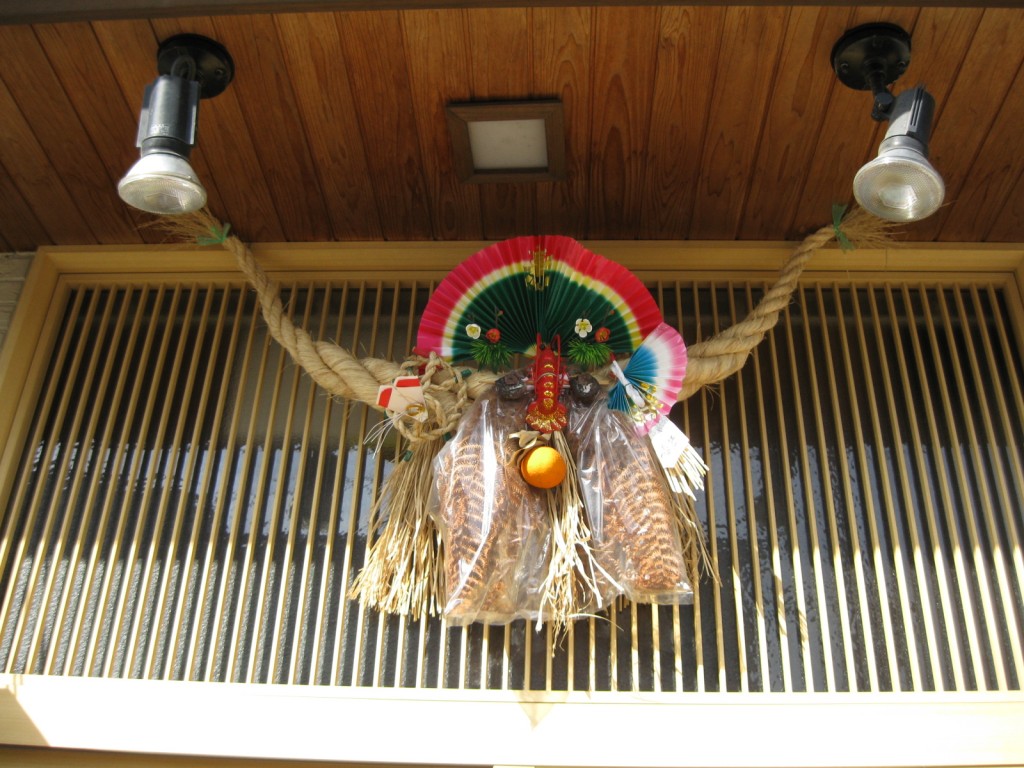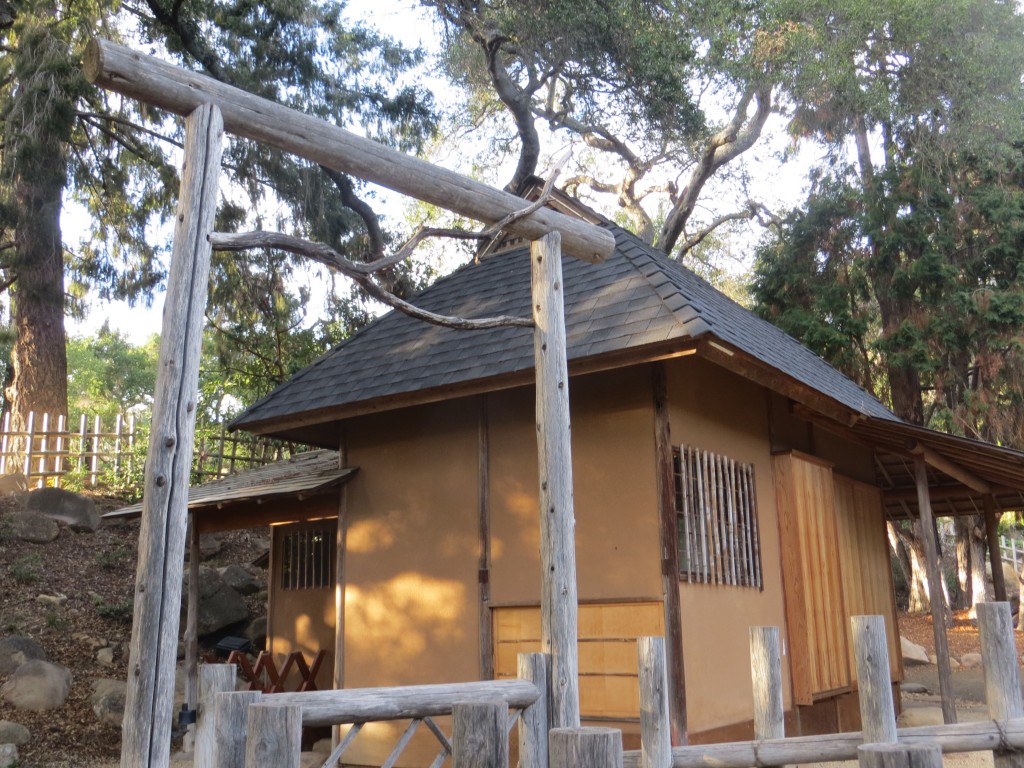
Torii with a twist (All photos courtesy of Jann Williams)
Green Shinto follower, Jann Williams, has written in with this striking picture of a Japanese tea house at the Santa Barbara Botanic Gardens, California. It was made in Kyoto in 1949 for a wealthy Santa Barbara patron, from whom the city acquired it in the1990s. Jann writes, ‘It’s interesting that the teahouse was sent so soon after WW2 ended. Some strong connection must have been there.’
The teahouse was given the name ShinKanAn, meaning “Look Through the Heart,” by the 15th Oiemoto (Grand Master) of the Urasenke Tea School.
The gate to the teahouse is a clever cross between the form of a torii and the wabi-sabi architecture of the traditional teahouse, which uses stripped branch and pillars. Sometimes ‘found objects’ are used in their natural state. This is echoed in the branch used to create the second beam of the torii.
The addition of a gateway in the lower portion of course negates the whole ‘open gateway’ notion of the torii, but the purpose here is artistic rather than spiritual. On the other hand it’s tempting to see it as a Calfornia-style innovation, in similar manner to a California sushi. In other words it’s an adaptation, much in keeping with Shinto’s past.
There are two contrasting ways of viewing such innovations. Either one bemoans ‘the transgression’ and views it as a despicable straying from orthodoxy. Or one finds it an exciting break with tradition. Personally I’m inclined to the latter. We live in a postmodern world, and it would be reactionary to resist change simply for the sake of a ‘tradition’. As has been demonstrated by modern historians, tradition is a construct and usually a fairly recent one at that (in Shinto’s case, from the Meiji Restoration of 1868).
Shinto has evolved throughout its history, and there’s every reason to think that it will evolve further as it spreads overseas. The same has happened to Zen and shamanistic practices as they became popular in the West. California has long taken a lead in such matters, and personally at some point I would expect to see a similar type of Californication happening to Shinto. Which kami will they be praying to, I wonder?
************************************
Further information about the teahouse, including opening times etc., can be had at this link.
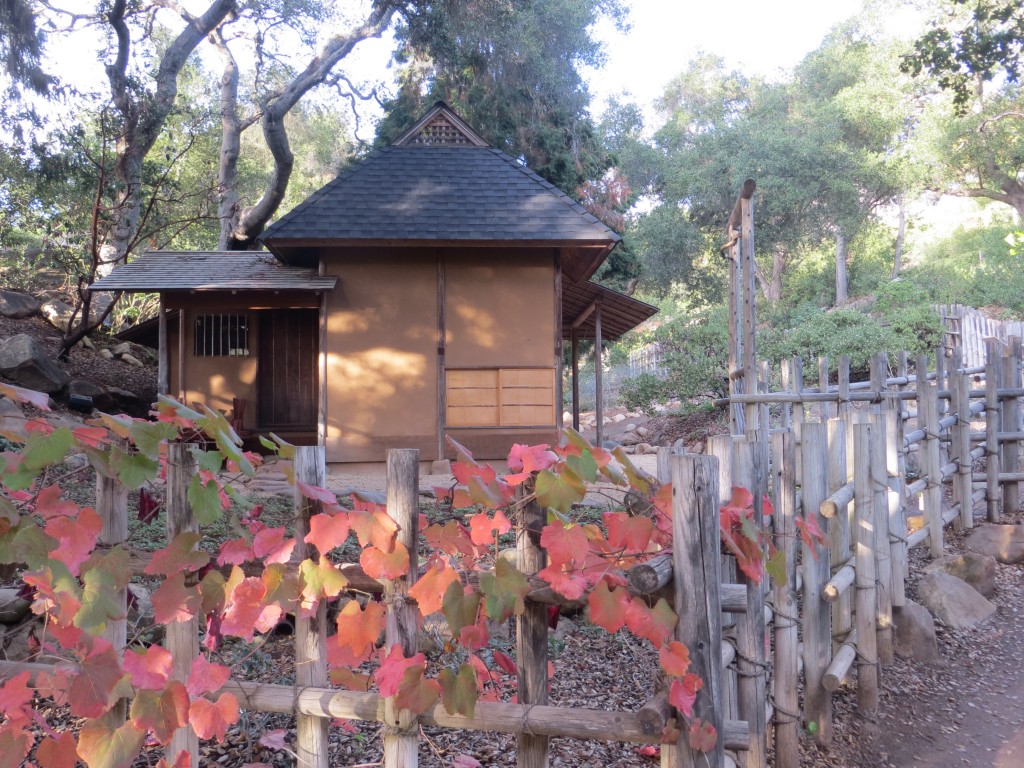
Wood instead of bamboo for the fencing, but it's a very Japanese scene
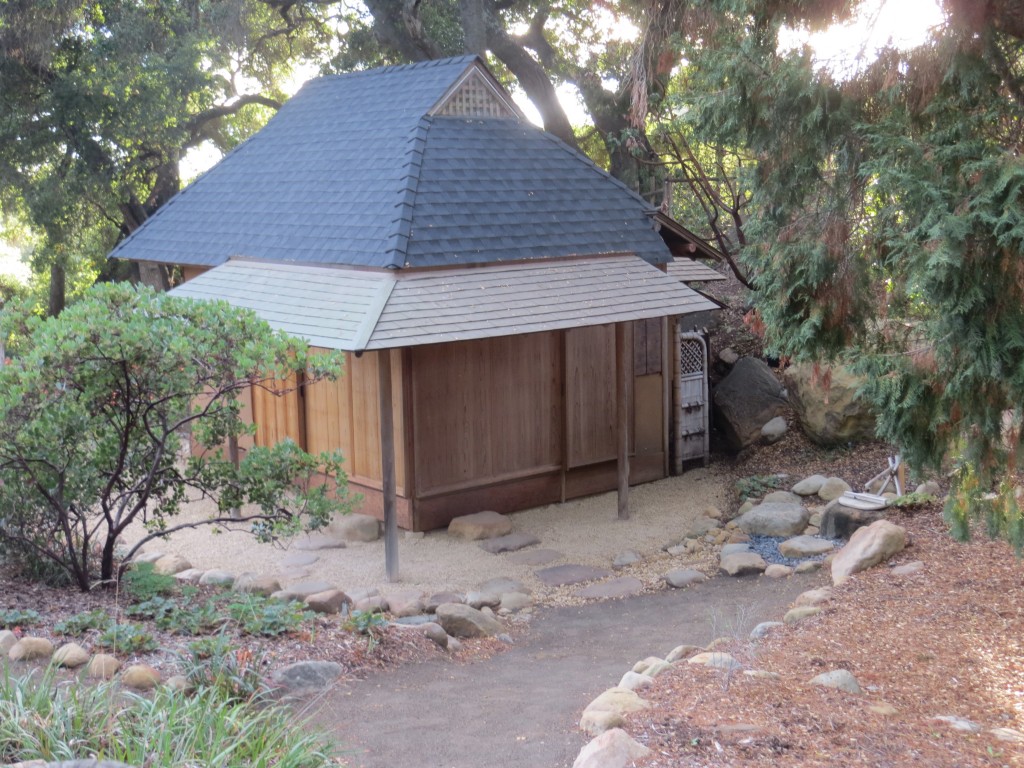
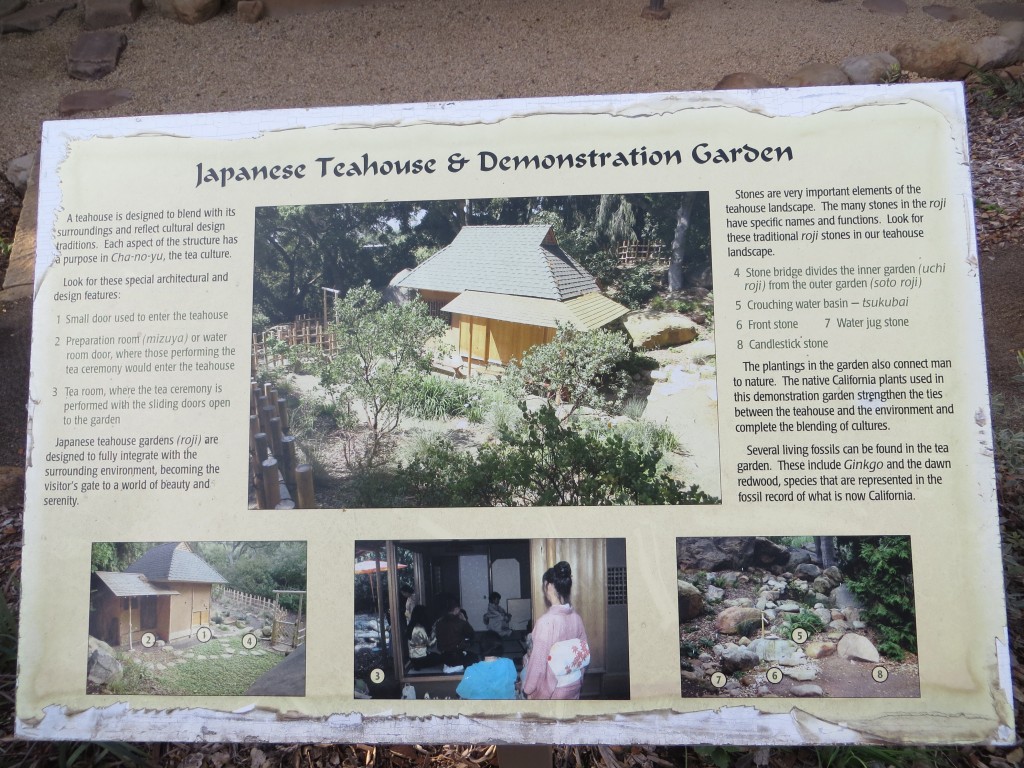

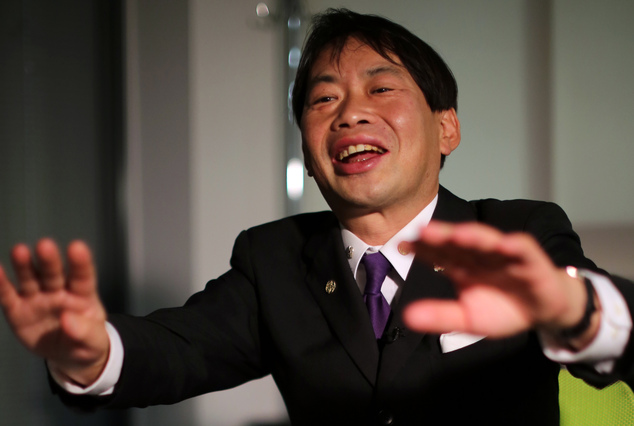

 There was a happy Christmas at Ujigami Shrine near Kyoto, for the kami there were restored to their home after being relocated during the extensive repairs carried out. There is often speculation about the nature and location of kami since they are spirits and thereby immaterial. However, Shinto tradition ascribes their unseen presence to ‘spirit-bodies’ (goshintai) within the shrine. These are sacred vessels of some kind into which the spirit descends, typically a mirror but anything from a rock to a doll to a sword.
There was a happy Christmas at Ujigami Shrine near Kyoto, for the kami there were restored to their home after being relocated during the extensive repairs carried out. There is often speculation about the nature and location of kami since they are spirits and thereby immaterial. However, Shinto tradition ascribes their unseen presence to ‘spirit-bodies’ (goshintai) within the shrine. These are sacred vessels of some kind into which the spirit descends, typically a mirror but anything from a rock to a doll to a sword.